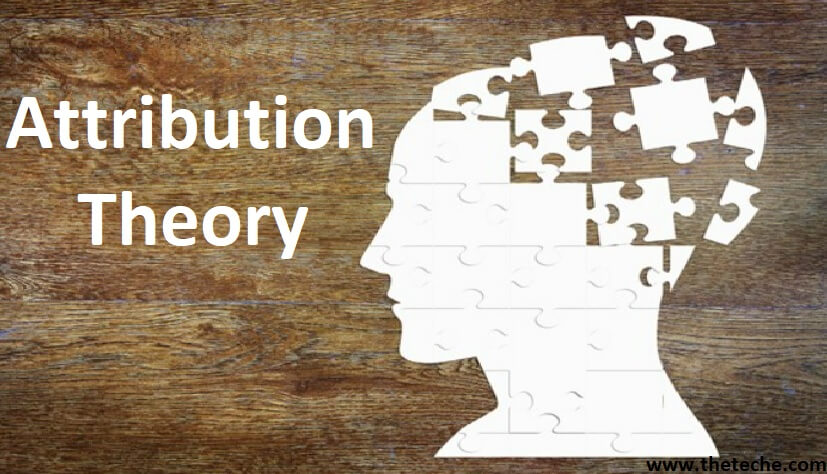Our perception of people differ from our perception of inanimate objects such as desk, machine or building, because we can make inferences about the actions of people that we don’t make about in animate objects. Non-living objects are subjects to the law of nature, but they have no beliefs, motives, intentions.
But people do. The result is that, when we observe people, we attempt to develop explanations of why they behave in certain ways. Our perception and judgment of a person’s action therefore will be significantly influenced by the assumption we make about that person’s internal state.
Attribution theory has been proposed to develop an explanation of the Law in
which we judge people differently depending on the meaning attributed to a given behaviour.
This determination depends on three factors:
- Distinctiveness
- Consensus
- Consistency
Basically, the theory suggests that, when we observe an individual’s behaviour, we attempt to determine whether it was internally and externally caused. Externally caused behaviours are seen as resulting from outside causes. That is the person is seen as having been forced into the behaviour by the situation.
If one of our employee is late for work, you might attribute his lateness to his partying into the wee hours of the morning and then over sleeping. This would be an internal attribution. But attributing arriving late to a major automobile accident that tied up traffic on the road that this employee regularly uses, then you would be making an external attribution.
Determination depends largely on three factors
- Distinctiveness refers to whether an individual displays different behaviour in different situations. Is the employee who arrives late today is also the source of complaints by co—workers for being a “goof off’? What we want to know is whether this behaviour is unusual, If it is, the observer is likely to give the behaviour an external attribution. If this action is not usual, it is probably be judged as internal.
- If every one who is faced with similar situations responds in the same way, we can say the behaviour shows consensus. From the attribution percept i e. if consensus is high, would we be expected to give an external attribution to the employee’s tardiness. Here as the other employees who took the same route, made it to work on time, your conclusion as to causation would be internal.
- Finally, an observer looks for consistency in a person’s action: Does the person respond the same way over time? Coming in 10 minutes late for work is not perceived in the same way for the employee for whom it is a usual case (she has not been late for several months) as if it is for the employee for whom it is part of a routine pattern (she is regularly late 2or3 times a week). The more consistent the behaviour, the more the observer is inclined to attribute it to internal causes
The key elements in the attribution theory can he illustrated with the help of following diagram.
Observation→Interpretation→Attribution of Cause
| Read More Topics |
| Organizational behaviour models |
| Five sources of ethical standards |
| Role of HR managers in present times |





